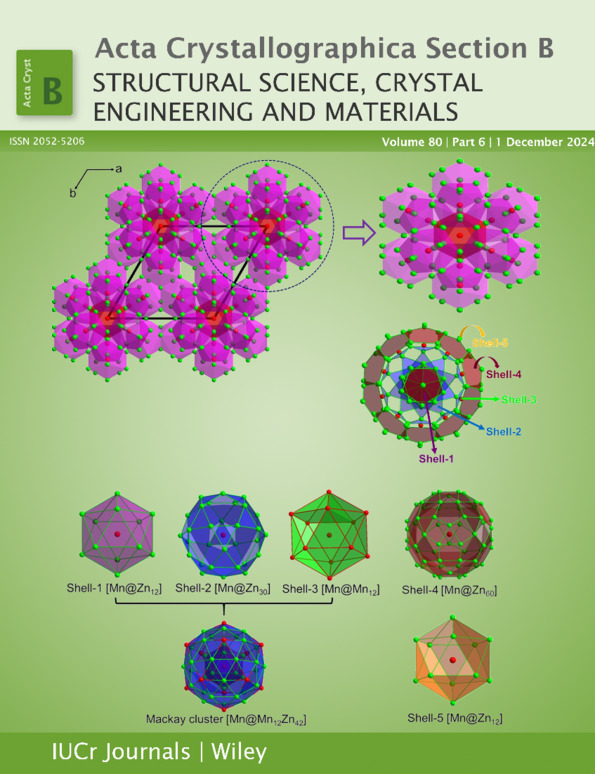A contribution to the crystal chemistry and topology of organic thiosulfates: bis(1-methylpiperazinium)·S2O3·H2O versus 1-methylpiperazinediium·S2O3·3H2O
Abstract
Single crystals of two new compounds, (C5H14N2)S2O3·H2O (1) and (C5H13N2)2S2O3·3H2O (2), were isolated from the reaction products of 1-methylpiperazine, sulfuric acid, and barium thiosulfate in aqueous media. The crystal structures have been determined by single-crystal X-ray diffraction. In agreement to the previous observations, the organic template may contribute to the formation of thiosulfates both as mono- and diprotonated species, but this is the first case where both products are reported for the same organic compound. In both structures 1 and 2, complex nets of hydrogen bonds involve all cations, anions and water molecules. Comparisons are made to the structures of other thiosulfates containing mono- or diprotonated diamine species.




